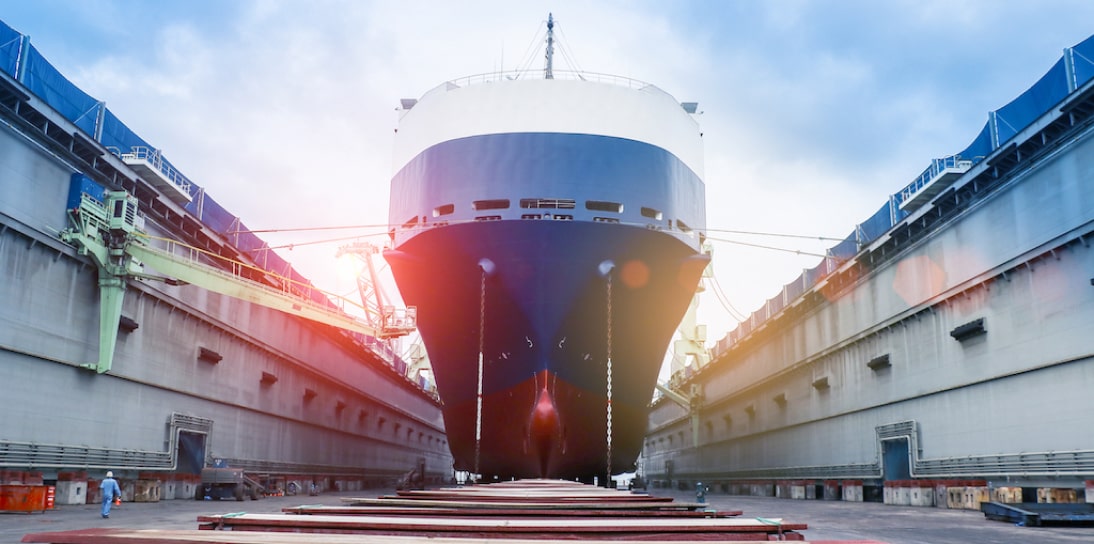
The Planned Maintenance System (PMS) is a paper- or software-based system that allows ship owners and operators to maintain their ships at regular intervals in accordance with manufacturer and classification society standards.
The maintenance, which is largely overseen by aboard staff, is subsequently applied to periodic survey inspections. Maintenance planning and scheduling, as well as documentation, must follow a methodology that has been authorized by classification societies: American Bureau of Shipping, Germanischer Lloyd, Lloyd’s Register, Bureau Veritas, or Det Norske Veritas, etc. All of these classification societies belong to the International Association of Classification Societies Ltd (IACS). According to the ISM (International Safety Management Code), ships owners must now equip a planned maintenance system onboard.
In 1915, the Christensen whaling fleet, which at the time was the world's largest whaling fleet, was the first to mention planned maintenance. Although it is unclear who created the system,
Christensen and Arnesen Christensen & Co deserve credit. Early systems were handwritten on paper and only had a few key components on board. Then, the system started to be upgraded and improved based on the needs of the industry. The same firm introduced the first complete planned maintenance system for ships in 1950. After a decade, Anthony J Ruffini created the US Navy's Planned Maintenance system in 1963. The advancement of computers has given the Planned Maintenance systems in shipping a new lease of life. The first planned maintenance system software built specifically for ship usage was released in 1984. Asset Management Operating System is the name given to a system that manages assets (AMOS-D). It was DOS-based, but the advent of Windows software gave it a fresh lease on life, and today there are a number of Planned Maintenance systems that have been developed for use in the shipping industry by many software companies.

Computer advancements, particularly the creation of Windows, have aided the development of PMS software. A wide range of PMS software for shipboard usage has emerged, and they are constantly becoming more sophisticated and complex. Because the developers realized the importance of shipping, most systems now include numerous (semi) independent modules, allowing the client (shipping owners of businesses) to select the service package that best suits their needs. Most of today’s PMS software covers virtually everything that is required onboard the ship, both inside and inside the vessel.
The most common modules in modern PMS systems often include:
Modules can be different amongst other software, however, they are always founded on and constructed around the Maintenance module.
If you are looking for PMS software that integrates many other management functions and can be easily adjusted to your needs, WAYL will be the first choice for you. Developed to optimize the management procedure in the maritime industry, WAYL promises to be the best boat management software for you. Book a demo now to make your own choice!
See how WAYL can help you.